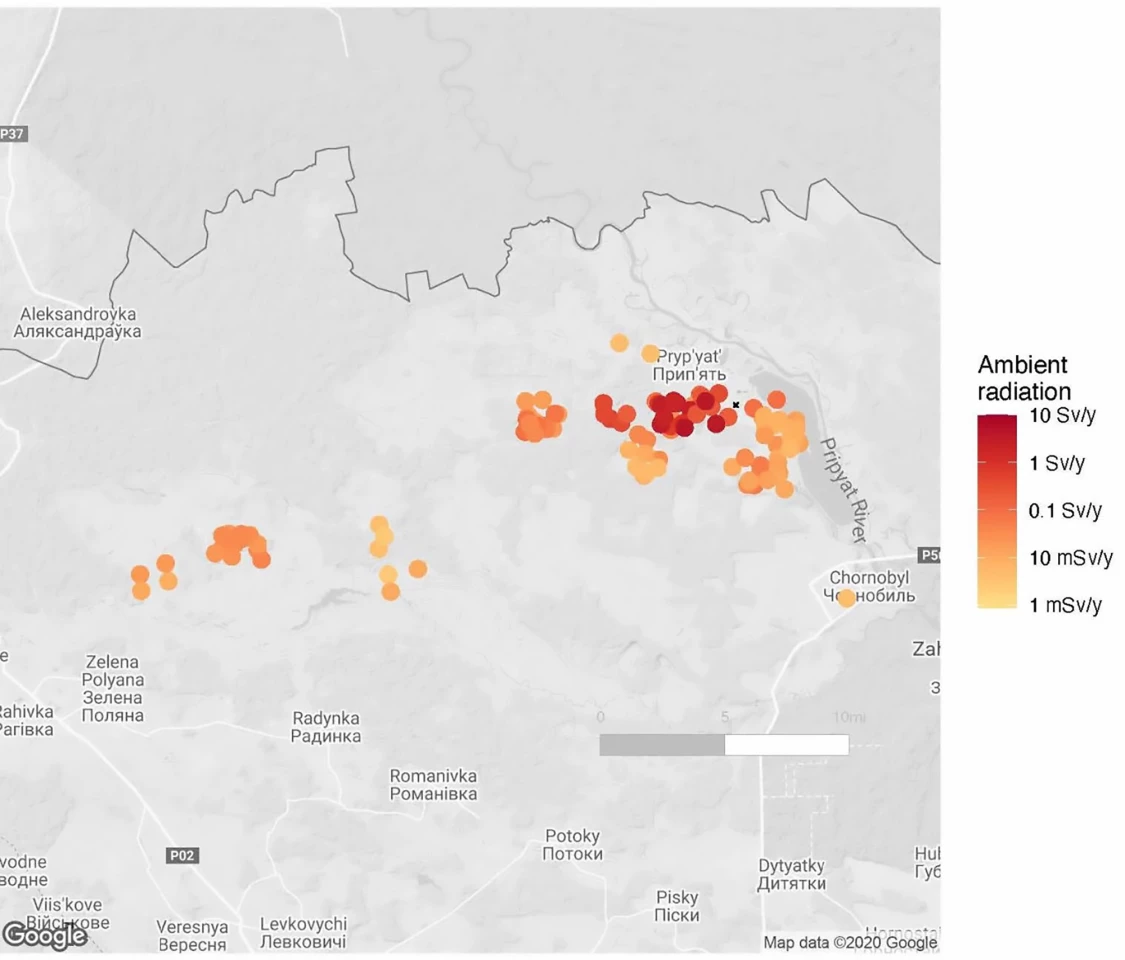Studying a species of microscopic worms exposed to almost forty years of high radiation following an explosion at a Ukrainian nuclear power plant, researchers couldn’t find signs of genetic damage caused by the exposure. They believe the findings will help guide future cancer research.
In April 1986, the then-named Chernobyl Nuclear Power Plant, located in the north of the then-Ukrainian Soviet Socialist Republic, exploded, transforming the surrounding region into the most radioactive landscape our planet has known. Nearly 40 years on, high levels of radiation persist.
Before moving on, here’s a quick note about using the transliteration ‘Chernobyl’ versus ‘Chornobyl.' In 1986, Ukraine was one of the constituent republics of the Soviet Union, so the Russian-derived spelling – Chernobyl – was used. With the collapse of the Soviet Union in 1991, Ukraine became an independent state. In keeping with UN regulations about the standardization of geographical names, the transliteration Chornobyl is now the preferred spelling and will be used from here on.
Humans are long gone from the area, but recent research has found that animals living within an 18.6-mile (30 km) radius of the power plant in the so-called Chornobyl Exclusion Zone are physically and genetically different from their counterparts in other parts of the world raising concerns about the impact of chronic radiation on DNA. In a new study, NYU researchers examined the microscopic worms that still live in the region to see what effect Chornobyl’s radiation has had on their genetic makeup.
“Chornobyl was a tragedy of incomprehensible scale, but we still don’t have a great grasp on the effects of the disaster on local populations,” said Sophia Tintori, the study’s lead author. “Did the sudden environmental shift select for species, or even individuals within a species, that are naturally more resistant to ionizing radiation?”
To answer this question, the researcher studied nematodes, tiny worms with simple genomes – the complete set of genetic material in an organism – and a rapid reproduction that makes them useful for understanding basic biological phenomena.
“These worms live everywhere, and they live quickly, so they go through dozens of generations of evolution while a typical vertebrate is still putting on its shoes,” said Matthew Rockman, corresponding author of the study.

Armed with Geiger counters and wearing PPE, the researchers collected hundreds of nematodes from locations throughout the Exclusion Zone that had been exposed to different levels of radiation. The samples were then transported back to NYU, frozen and subsequently studied.
“We can cryopreserve worms and then thaw them for study later,” Rockman said. “That means that we can stop evolution from happening in the lab, something impossible with most other animal models, and very valuable when we want to compare animals that have experienced different evolutionary histories.”
They focused on a species of nematodes called Oscheius tipulae, sequencing the genome of 15 worms from Chornobyl and comparing them with the genomes of five O. tipulae from elsewhere. To their surprise, the researchers couldn’t detect radiation damage on the genomes of the Chornobyl worms.
“This doesn’t mean that Chornobyl is safe – it more likely means that nematodes are really resilient animals and can withstand extreme conditions,” Tintori said. “We also don’t know how long each of the worms we collected was in the Zone, so we can’t be sure exactly what level of exposure each worm and its ancestors received over the past four decades.”
What does this mean for us? The study’s findings provide clues about how DNA repair can vary between individuals, which could lead to a better understanding of natural variations seen in humans.
“Now that we know which strains of O. tipulae are more sensitive or more tolerant to DNA damage, we can use these strains to study why different individuals are more likely than others to suffer the effects of carcinogens,” said Tintori.
This could have implications for cancer research concerned with why some people with a genetic predisposition for the disease develop it and others don’t.
“Thinking about how individuals respond differently to DNA-damaging agents in the environment is something that will help us have a clear vision of our own risk factors,” Tintori said.
The study was published in the journal PNAS.
Source: NYU






